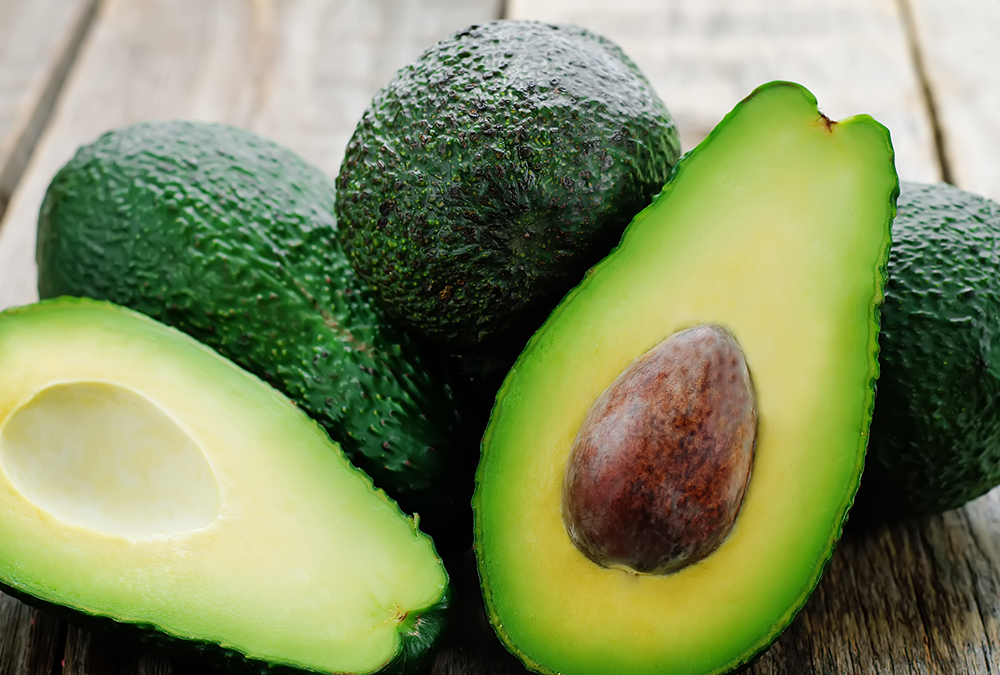Mon - Fri 9.00 - 17.00
Call us +1 (888) 825-9321

Whether you need it for a bowl of guacamole or a fresh helping of avocado toast, a rock-hard, unripe avocado is bound to frustrate your plans. So we’re not surprised you’re wondering how to ripen an avocado quickly. But is it even possible to take a too-hard avocado and ripen it in time to eat avocados for dinner? Here are five methods for ripening this tasty, healthy fat of a food as quickly as possible.
Before we get into the ripening know-how, let’s have some fun with the trivia question: Is an avocado a fruit or vegetable?
Quick definition: an avocado (once called an alligator pear if you can believe it) is one of those unique foods that falls into many categories. Just as the coconut is a fruit, a nut, and a seed all in one, an avocado is a fruit and a single-seed berry (but it is not a vegetable).
As far as picking the freshest or ripest avocado for same-day consumption, here’s a quick guide.
Another way to determine ripeness outside of the subjective feel of this fruit is to check the stem of the avocado: how firmly is it attached, and is that spot softer than the rest of the fruit? This information will help you identify what ripening phase the avocado is in.
Florida avocados are bigger and have smoother skin, while California avocados are Hass avocados with darker, bumpier, pebbly skin and slightly smaller sizes.
Nutritionally the main difference is that a California or Hass avocado has 2.3 grams of fat per tablespoon, while a Florida avocado has more like 1.5 grams for the same portion. This means that Florida avocados are lower in fat and are sometimes labeled “lite” avocados in the store. However, if you’re on the keto diet and looking to avocados explicitly to get healthy fats, you want California Hass avocados.
That being said, other than the fat proportions, the nutritional content of fiber, folate, and vitamin K in these avocados is more-or-less equivalent.

Those who ship and sell avocados may or may not start the avocado ripening process themselves depending on how far their stock has to travel or what season avocados sell best in. Regardless of what happens before you’re presented with a selection of avocados at your local grocery store, if you find the avocado you have is too firm to enjoy, what can you do? Here’s how to quickly ripen avocados.
Putting your avocado in a sealed paper bag on your kitchen counter can help it ripen all by itself. How? Avocados produce ethylene gas, a plant hormone that promotes the ripening process (and is often applied commercially to help ripen various fruits on a speedy timeline). By confining an avocado in an average brown bag, you concentrate that gas, which causes your fruit to ripen faster.
The brown paper bag is ideal because it allows the avocado to “breathe,” but any container can serve this basic purpose. Just be sure to check on it regularly: if you forget about this avocado for a couple of days, it might be too soft by the time you think to use it.
What’s the logic here? The sealed (or rolled up or pinned shut) brown paper bag still helps to trap the ethylene gas, but by adding about 2 inches flour to the bottom, you cradle the avocado as it ripens so it doesn’t start to bruise. Plus the flour helps concentrate the ethylene gas while also absorbing extra moisture that could lead to mold.
Many people know that putting a banana in with just about anything can help it ripen, but that’s true of many fruits. Bananas, apples, and kiwi fruits also release ethylene gas, and by joining them with your avocado, you further concentrate the ethylene gas, increasing the ripeness for all contained within.
Pro tip: if you’re using an apple, a golden delicious apple will work faster, because newer apple varieties like Fuji or Gala apples are bred to ripen more slowly so they’ll stay crisp for longer on grocery store shelves.
If you don’t have a brown paper bag but you do have a sunny window sill, that can work too. People often ripen tomatoes from green to red by leaving them in natural sunlight, and while the process is a little slower, leaving an avocado in sunlight is nevertheless faster than simply leaving it on your counter at room temperature. Set it on a bed of flour in a dish to help protect it from bruising as it sits in the sun.
These tips go both ways: if you want to slow down ripening, put your avocados in the fridge, but if you want to speed it up, warmth and room temperature encourage the ripening process.
Here’s one last lesser-known ripening method: pop your avocado in the oven! Wrapping an avocado in tinfoil and placing it on a baking sheet allows you to stick it in a 200 °F oven for 10 minutes, baking the tinfoil and concentrating the ethylene gas. This puts ripening into overdrive, and once it’s soft enough you can quickly cool the avocado in the refrigerator to enjoy ASAP.
However, a note of caution: don’t microwave an avocado. Tinfoil doesn’t belong in the microwave first of all, and an avocado may have pockets of moisture that build up steam and explode unexpectedly, ruining your fruit and causing a mess in the process.
We’ve covered that refrigeration slows down ripening, which causes many to wonder if you can freeze an avocado for even longer. Short answer, yes!
There you have it: how to ripen avocados to your liking, and how to best preserve them after. Break out the chips and lime, fire up some toast, or load your blender with healthy green smoothie fixings, because your avocado is ready.
Thank you!